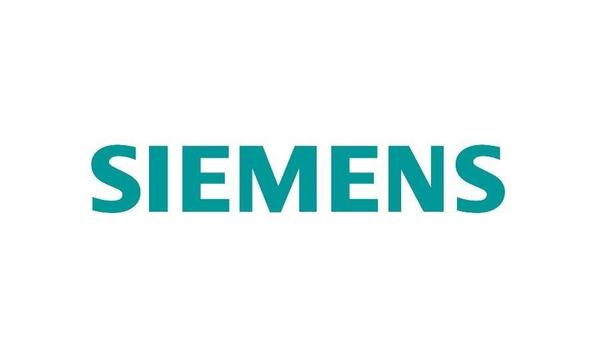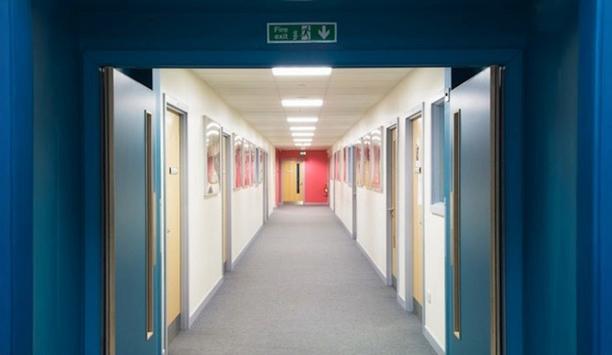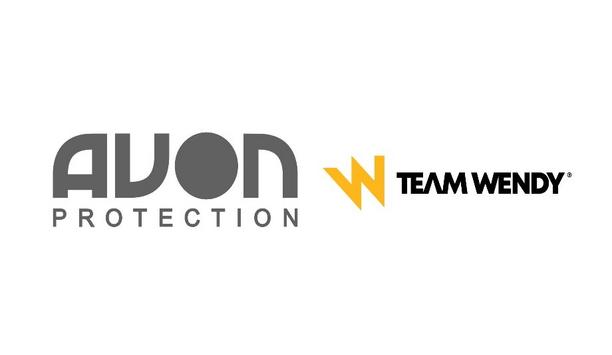A SURVEY of leaseholders found that ‘nearly nine in 10’ or 89% who have received external wall fire review (EWS1) checks have been told their buildings require remediation work.
Earlier this year, the housing, communities and local government committee (HCLGC) found that ‘fixing fire safety defects’ in high risk residential buildings could cost up to £15bn, and branded the mortgage industry’s cladding form ‘slow and expensive’. The EWS1 process helps banks ‘make lending decisions on high rise properties with a potential fire risk’.
Fire risk buildings
It asked for the government to step in, as not only was the process ‘not working’ but it should ‘take control’ by putting a ‘faster and fairer’ system in place, as the ‘industry-designed’ process was ‘slow and expensive’ and ‘applied to an unnecessarily wide range of buildings’.
It also believed ministers should have ‘issued clearer guidance’ to mortgage lenders
It also believed ministers should have ‘issued clearer guidance’ to mortgage lenders before advising on fire risk buildings. The form, introduced last December, came from collaborations between UK Finance, the Building Societies Association (BSA) and the Royal Institution of Chartered Surveyors (RICS), to ‘create a standardized process that would make it easier for brokers and homeowners to find suitable mortgages’.
Rejecting mortgage applications
A valuer could request it from a building owner or representative, and require a building professional ‘confirm that the actual material on the walls posed a limited risk or was non-combustible’. Should it contain materials that ‘posed a significant fire risk’, a ‘detailed description of what was needed to fix it had to be issued’, but within a month brokers began reporting lenders were rejecting mortgage applications.
This was because of ‘outstanding cladding inspections trapping borrowers with their current providers’, and so applications were being cancelled due to inspection requests – made to management and maintenance companies of high rises affected – being delayed. At the time, this related to ‘those qualified to issue the EWS1 certificate, the number of buildings that need to be inspected and the time needed to complete this review’.
Larger number of buildings
HCLGC said there was a ‘lack of qualified, insured chartered fire engineers to undertake the required surveys
HCLGC said there was a ‘lack of qualified, insured chartered fire engineers to undertake the required surveys’, so a ‘large number of buildings would not be inspected for many years’. The EWS1 surveys have also been expensive, with costs ‘typically passed to residents through their service charges even where no fire safety defects were found’.
As a result of fire safety advice from the Ministry of Housing, Communities and Local Government (MHCLG), ‘a much larger number of buildings’ fell into scope ‘than had been envisaged’, and ‘the process has lacked sufficient input from leaseholder representatives, but also other important stakeholders, including the insurance industry’.
Further significant confusion
RICS urged the government ‘to take greater ownership of the situation’, whilst also noting that ‘at least’ 860 EWS forms ‘have already been completed’, meaning homeowners in at least 800 blocks ‘have been able to buy, sell and remortgage or plan remediation works. EWS1 was created to find a solution to the problems caused in 18m+ tower blocks by MHCLG advice’.
MHCLG’s consolidated advice note in January 2020 ‘caused further significant confusion
MHCLG’s consolidated advice note in January 2020 ‘caused further significant confusion when it brought all buildings regardless of height into scope and added to the already known capacity issues with fire experts. RICS continues to call on government to take ownership and properly fund remediation works to all affected buildings. Only with a well thought out, government funded strategy, will leaseholders be able to live in safe buildings’.
Chartered fire engineers
More recently, Minister for Fire and Building Safety Lord Greenhalgh held talks with RICS to ‘attempt to resolve confusion’, and then Housing Minister Christopher Pincher stated mortgage lenders are reviewing how the forms are used, though some residents have been told by housing associations that they ‘cannot produce’ the EWS1 form for possibly ‘several years’.
Mr Pincher later admitted that there are ‘fewer than 300’ qualified chartered fire engineers to undertake the surveys. Residents have complained publicly including Wisteria Apartments in London, tenants of One Housing properties in London and Slough, residents of Zenith Close in London, a resident in Hackney and a landlord in Twickenham.
Meaning combustible materials
86% had received a B2 rating post inspection, meaning combustible materials ‘were present’
Late last month, a Which? investigation revealed that leaseholders are ‘being duped into paying thousands’ to fraudsters using fake EWS1 forms, with the government notified, and the growing crisis has now seen mortgage brokers report ‘delays and scuppered plans’ for their clients.
Now, Inside Housing has reported the results of a survey undertaken by campaign group the Leasehold Knowledge Partnership (LKP), which revealed that almost nine in ten leaseholders whose blocks have had checks ‘have been told their building will need to undergo remediation work’, with 89% or 103 of the 116 respondents stating this was the case. Of these, 86% had received a B2 rating post inspection, meaning combustible materials ‘were present’, requiring works and interim measures.
Five different results
The checks provide five different results across two categories, with category A representing buildings ‘where external wall materials are unlikely to be combustible’, and an A1 judgement would mean there are no balconies that contain ‘significant’ combustible material amounts, while an A2 rating is given for an appropriate risk assessment’s completion and ‘no need’ for remedial work. Finally, an A3 rating states remedial work ‘may be needed’ on attachments to external walls.
Category B buildings meanwhile are those ‘where combustible materials are clearly present'
Category B buildings meanwhile are those ‘where combustible materials are clearly present’, with a B1 rating meaning that post inspection, the fire risk is ‘sufficiently low’ and no work is needed. A B2 rating means an ‘adequate standard of fire safety is not achieved’, with works and interim measures required. Only 13 of the respondents had received EWS1 forms judging external walls to be safe and that did not require works.
Attachments to external walls
Another 124 respondents knew EWS1 checks had been undertaken, but ‘had yet to receive the result’, with Inside Housing noting that the results of the survey will ‘raise concerns for leaseholders up and down the country’ affected by the crisis. The LKP survey is ‘the first to look in detail at the outcomes of completed’ forms, with the high number of B2 ratings indicating that ‘many leaseholders could remain stuck in their homes for years’ during work, and facing ‘huge’ bills.
In total, 713 responses were given, with only 28% knowing that an inspection had been undertaken, while 38% had asked ‘but one had not been carried out’, and only one in five said their landlord had ‘declined to carry out’ a survey. Of those told a check was to be carried out, 53.5% could not provide a date, while 15% said their landlord had said ‘there would be a wait of more than two years’, while 11% were told they’d have to wait between 12 and 14 months.
Some housing associations
Despite the government funding issues, the majority surveyed ‘still believe the government will pay'
Of 389 leaseholders living in buildings where remediation was needed, 43% had been told it ‘could take more than two years’, while 30% said it would take over a year – only 22 respondents ‘had actually seen their building remediated’. Despite the government funding issues, the majority surveyed ‘still believe the government will pay’, with 29.5% of 403 answering this way compared to 28% believing a company linked to the developer would.
Another 4% believed that the warranty provider would pay, and only one in five believed ‘they would eventually have to pay’, with some housing associations ‘now weighing up whether to recoup some costs’ if their bids for government funding fail.
Offering a payment plan
With shared ownership, where 100% of the costs of repairs and maintenance are expected to be paid, 24% had been told landlords ‘did plan to push’ costs ‘onto them’, with 97% of the 75 responding not offered a payment plan.
This is causing severe stress on thousands unable to move or remortgage
Another 3% had been offered a payment plan ‘of between one and five or more years’, with LKP spokesperson Martin Boyd calling the results ‘extremely worrying’. He added: ‘In so many cases leaseholders are having to wait years for an EWS form or in some cases being flatly refused by their building owners when they request one. This is causing severe stress on thousands unable to move or remortgage.
Facing huge bills
‘The fact that such a high percentage of these EWS forms are coming back saying that blocks need to be remediated, shows that the cladding scandal is far from over. Securing an EWS is not the end of the road and leaseholders must be aware that even if they get an EWS, it might put them in a difficult situation where they are facing huge bills and will still be trapped for potentially many years.
‘The government have left the sector in limbo. They have withdrawn reliance on the fact all buildings have been signed off as compliant with building regulation, but have not provided any alternative standard other than the one produced by RICS.’















